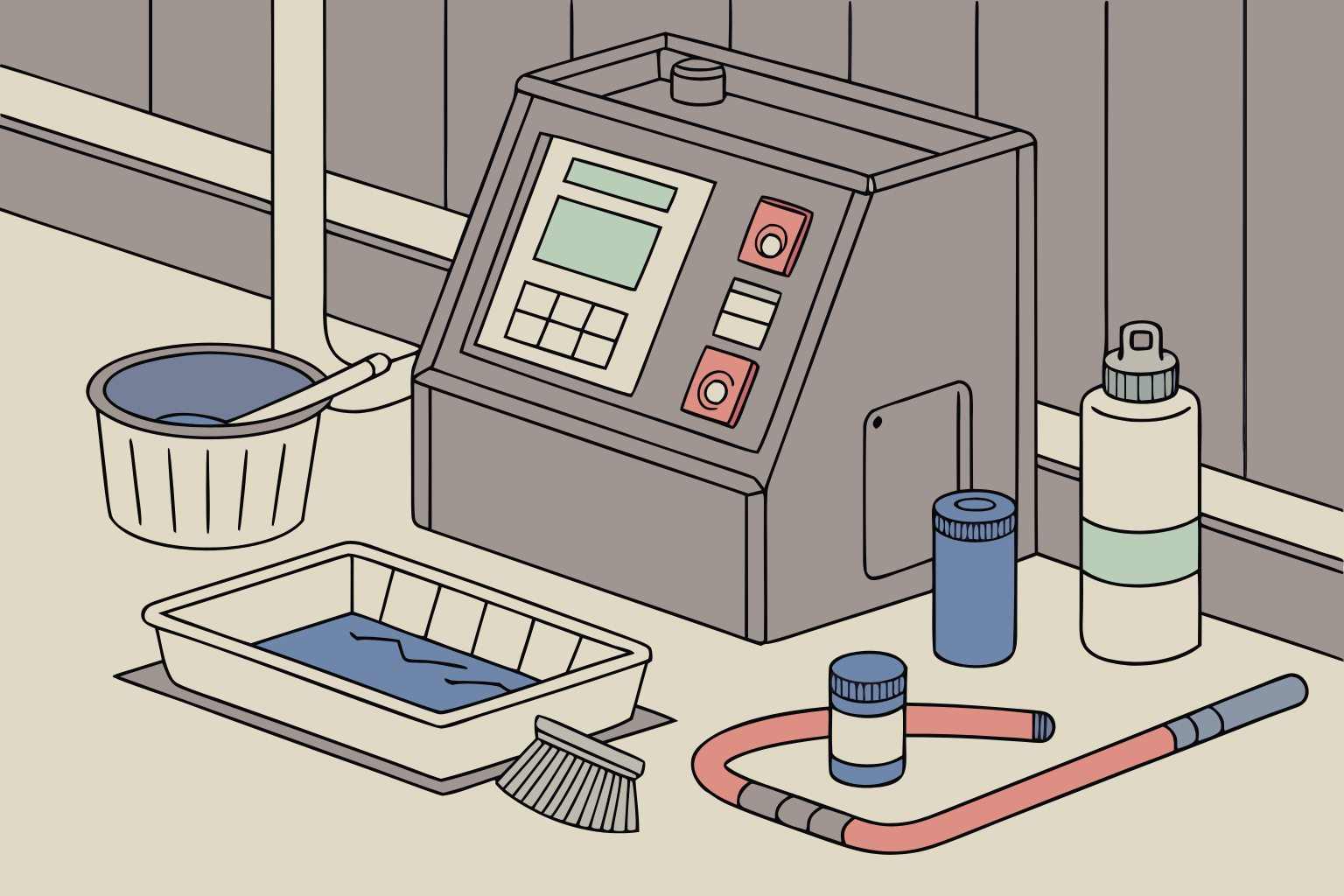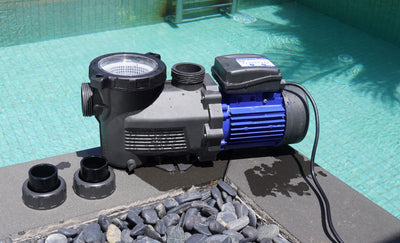
How to Choose the Right Pool Pump?
For first-time pool owners, choosing a pool pump can feel overwhelming. Technical jargon, specifications, and installation requirements often complicate the decision-making process. Don’t worry — this guide will break it all down from a practical perspective, helping you understand the core functions, types, and selection strategies so you can make an informed choice.
What Is a Pool Pump and Why Is It Important?

A pool pump is the "heart" of your pool. It uses an electric motor to drive an internal impeller, creating suction that pulls water from the pool, sends it through a filter for cleaning, and then returns it to the pool. This circulation keeps your water clean and moving.
If the circulation system fails, your water quickly becomes cloudy and a breeding ground for bacteria — rendering the pool unusable for fun or health purposes. The right pump ensures your pool stays clean and functional.
Pool Pump Types at a Glance
| Pump Type | Key Features | Energy Efficiency | Notes |
|---|---|---|---|
| Single-Speed | Simple and powerful; high energy use | Low | Banned in some regions due to inefficiency |
| Dual-Speed | Switch between high and low speeds | Moderate | - |
| Variable-Speed | Electronically adjustable to multiple speeds | High | Quiet, long-lasting, higher upfront cost, but most efficient in the long run |
✅ Tip: If your state has energy efficiency regulations (e.g., California or Florida), a variable-speed pump is your best and often required option.
In-Ground vs Above-Ground Pools: Do They Use the Same Pump?

Swimming Pool System
No. The key difference lies in the need for self-priming capability.
-
In-Ground Pools: Pumps are usually installed above water level and must be self-priming to lift water vertically.
-
Above-Ground Pools: Pumps are level with or below the water surface, so standard pumps work — unless installed above water level, in which case a self-priming pump is needed.
🛠 Note: All AQUASTRONG pumps are self-priming, making them more versatile in installation. While self-priming pumps tend to cost slightly more, they handle more diverse applications with greater flexibility.
AQUASTRONG products are often compared to those of Pentair, a renowned brand known for high-quality, reliable pumps. AQUASTRONG offers competitive performance and continues to drive innovation in pump technology.
Bigger Isn’t Always Better: How to Choose the Right Pump Size
A common beginner mistake is assuming a bigger pump is better. But an oversized pump wastes energy and may reduce system efficiency, while an undersized one overworks and wears out quickly.
Two Key Factors:
1. Flow Rate (GPM)
This is the volume of water a pump moves per minute, usually measured in gallons per minute (GPM).
Formula:Flow Rate (GPM) = Pool Volume (gallons) ÷ Turnover Time (hours) ÷ 60
Example: For a 20,000-gallon pool with a 5-hour turnover goal:20,000 ÷ 5 ÷ 60 ≈ 67 GPM
→ Choose a pump with a flow rate in the 65–75 GPM range.
2. Total Dynamic Head (TDH)
TDH refers to the total resistance the pump must overcome, measured in feet. Factors include:
| Factor | Estimate | Description |
|---|---|---|
| 90° Elbows | Add 1–2 ft each | More elbows = more friction |
| Filter & Heater | Filter: +2–4 ft Heater: +4–12 ft |
Equipment increases resistance |
| Pipe Narrowing | Varies | Smaller diameter = higher flow speed = more loss |
| Pipe Drop (Downhill Outlet) | +1 ft TDH per 1 ft drop | Must overcome gravity for water return |
Most pump manuals provide flow-vs-head performance charts — compare your estimates with these to select a matching pump.
Pump and Filter Must Be Compatible
Choosing the right pump isn't enough — it must match your pool filter.
-
The pump’s flow rate must not exceed the filter’s maximum flow rate.
-
Matching connection sizes (e.g., 2-inch fittings) ensures better efficiency and simpler installation.

Common Pool Fitting Types
Installation & Maintenance Tips
-
Avoid direct sunlight to prevent motor overheating
-
Clean the hair strainer basket regularly to prevent clogs
-
If using a variable-speed pump, schedule multiple speed settings (e.g., low during off-hours, high briefly during cleaning)
4-Step Pump Selection Checklist
-
Determine Your Pool Type
→ In-ground or above-ground? Do you need a self-priming pump? -
Calculate Flow Rate
→ Based on pool volume and desired turnover time. -
Estimate Total Dynamic Head
→ Use pipe layout and equipment to estimate resistance. -
Consider Energy & Noise Levels
→ Variable-speed pumps are recommended for efficiency and quiet operation.
Still Not Sure? Talk to an Expert
If you're unsure which pump to choose, visit the AQUASTRONG official website or contact our expert advisors. We offer a wide range of energy-efficient pumps for home pools, hotel pools, and outdoor pools — so you can enjoy crystal-clear water with confidence.

